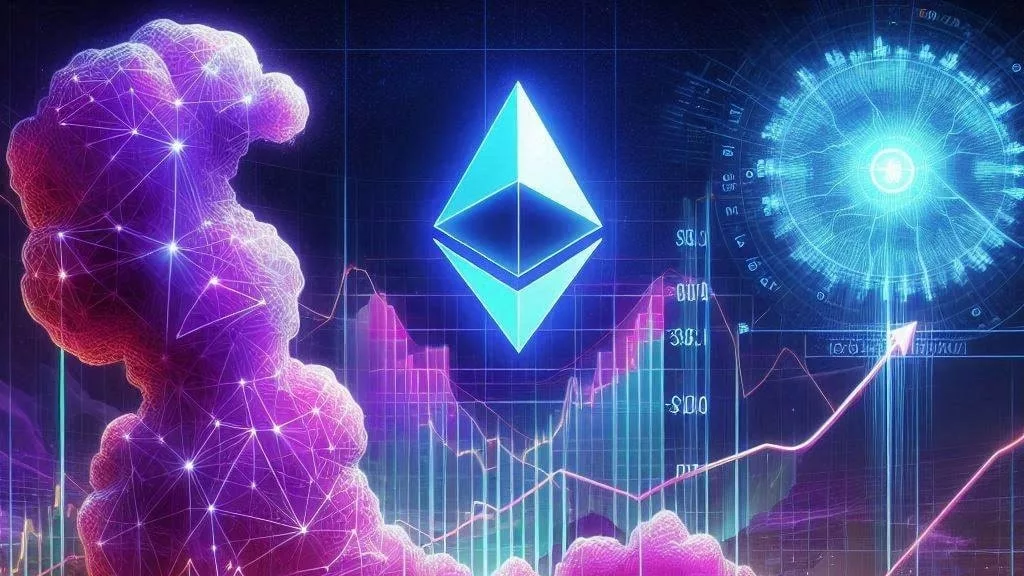
The popular layer-2 scaling solution for Ethereum, has made headlines with a groundbreaking update: the transition from its long-standing MATIC token to a new digital asset, POL. This major upgrade, which began early today, signifies a pivotal change in Polygon’s approach to network operations and token economics.
The transition from MATIC to POL is not just a routine update; it represents a fundamental shift in how Polygon will operate and evolve. This change was initiated at 4 a.m. ET (8 a.m. UTC) and marks a crucial phase in Polygon’s strategic roadmap, known as the “2.0” upgrade.
MATIC, which has held a prominent place as the 13th largest cryptocurrency by market cap (valued around $3.8 billion), is being replaced by POL as part of Polygon’s broader vision to enhance network functionality and scalability. The switch was carefully planned and communicated to ensure a smooth transition for users and stakeholders.
For most users, the swap from MATIC to POL will be a seamless process. The change is designed to occur automatically, so holders of MATIC tokens will see them converted to POL without needing to take any action. This approach aims to minimize disruption and ensure that users can continue to interact with the network without any hiccups.
The new POL token brings several enhancements over MATIC. One of the most notable changes is the introduction of a new emission rate. Unlike MATIC, which had a fixed supply, POL will feature an annual emission rate of 2%. This adjustment is expected to provide greater flexibility and support various aspects of Polygon’s ecosystem.
The updated tokenomics for POL will allocate a portion of the emissions to validators on the Polygon PoS network as rewards. This incentive is designed to encourage network participation and maintain security. Another significant portion will be directed to a community treasury, a fund established to support growth and development within the Polygon ecosystem.
The community treasury will serve as a vital resource for funding projects, grants, and other initiatives aimed at expanding and enhancing Polygon’s network. This approach aligns with Polygon’s commitment to fostering a vibrant and sustainable blockchain community.
Marc Boiron, CEO of Polygon Labs, explained that the switch from MATIC to POL was driven by technical constraints. The original MATIC token had its upgrade keys burned years ago, which limited Polygon’s ability to make further modifications. This restriction necessitated the creation of a new token that could support more dynamic changes and introduce new emission capabilities.
Boiron highlighted that the introduction of POL is intended to address these limitations and provide additional benefits to the Polygon community. The new emissions model will support ecosystem growth through grants and incentivize the decentralization of emerging networks. By using POL to reward validators and fund community initiatives, Polygon aims to strengthen its infrastructure and drive long-term success.
The POL token is set to play a central role in Polygon’s future developments. Initially, POL will serve as the native token for the Polygon PoS network, but its role is expected to expand as Polygon continues to evolve.
One of the key components of Polygon’s “2.0” roadmap is the AggLayer, a system designed to aggregate blockchains built using Polygon’s technology. POL will play a crucial role in this system, enhancing interoperability and integration within the broader blockchain ecosystem.
In addition, Polygon plans to introduce POL’s support for various functions in its staking hub, including block generation, zero-knowledge proof generation, and participation in Data Availability Committees (DACs). These advancements will leverage POL’s capabilities to drive innovation and improve the network’s overall functionality.
The successful implementation of this token upgrade is a significant milestone for Polygon and its community. By replacing MATIC with POL, Polygon is not only updating its tokenomics but also reinforcing its commitment to technological advancement and ecosystem growth.
The transition to POL is expected to have a positive impact on Polygon’s position within the blockchain industry. As the network continues to evolve and integrate new technologies, POL will play a key role in supporting its ongoing success and influence.
With the successful execution of the MATIC to POL swap, Polygon is poised for a new era of growth and innovation. The introduction of POL brings updated tokenomics, enhanced functionalities, and a renewed focus on community-driven development. As Polygon moves forward with its ambitious plans, the impact of POL will be closely watched by the crypto community and industry observers.
This upgrade not only reflects Polygon’s ongoing evolution but also sets a precedent for future developments in the blockchain space. As the network continues to grow and adapt, POL will be at the forefront of driving Polygon’s success and shaping the future of decentralized technologies.




Get the latest Crypto & Blockchain News in your inbox.